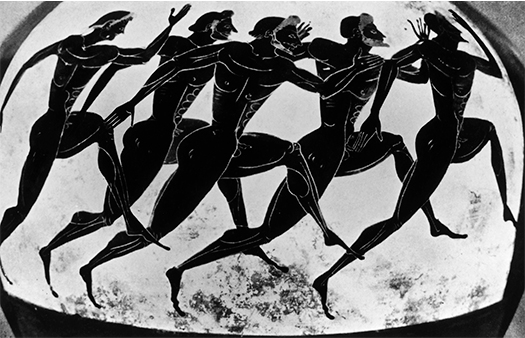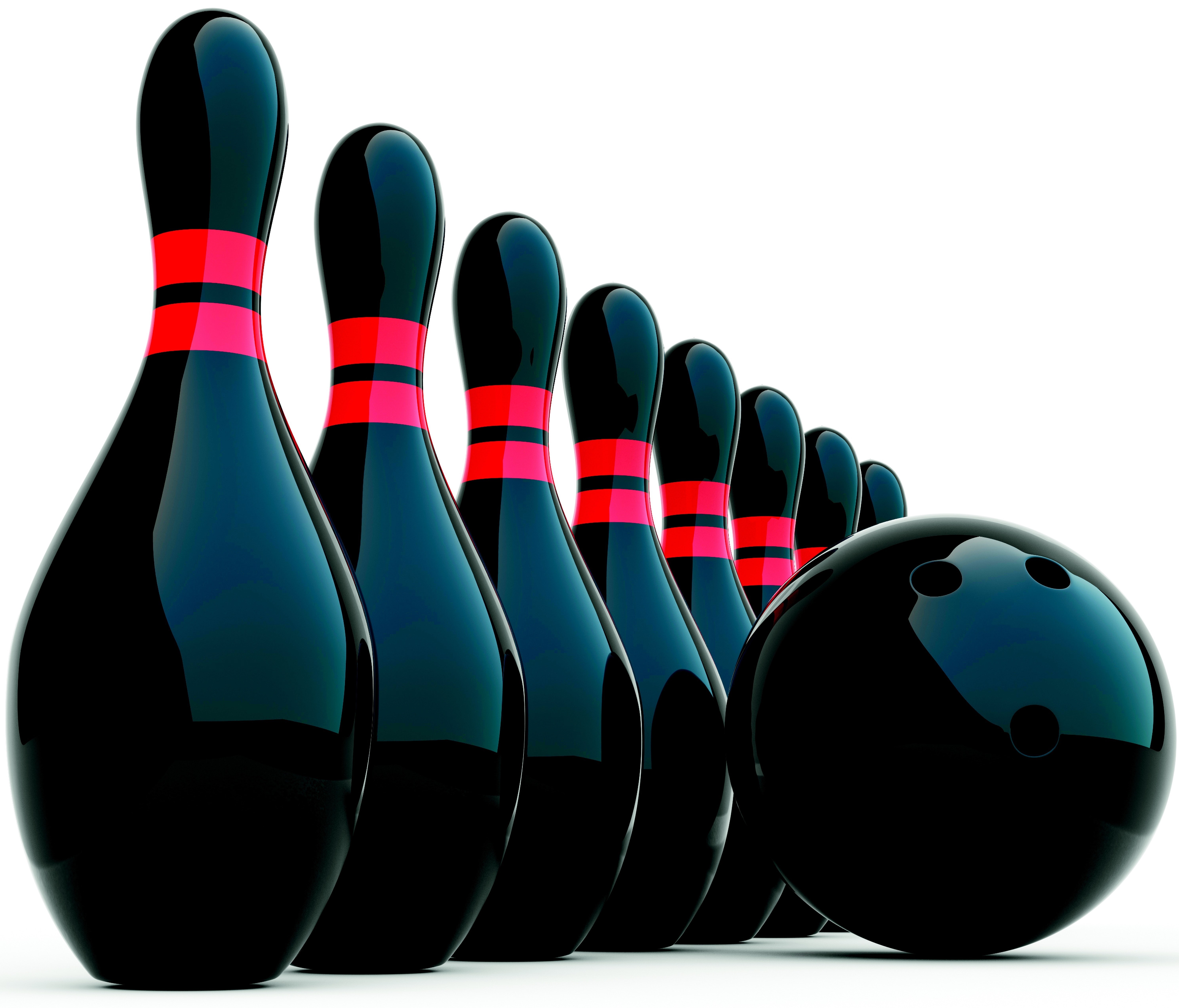Our story and vision
We believe that a sport in the 21st century is very different from what it was at the time of the
ancient Olympics. While back then the only goal of a sports event was to crown a champion (and leave
everyone else in the dust), over the centuries sports has grown to be a significant social
phenomenon.
Today sports development and event management typically aim at achieving three significantly
different
results.
Crowning the best athlete a champion

This is our legacy from the past.
We still want the person wearing laurel wreath to be the best prepared participant to be honored by
the public.
Unfortunately, the development of technology, medicine and other sciences makes this more and more
obsolete as a goal with every single day.
How is an athlete outpacing another by a hundredth of a second any superior in his/her skills? The
result is that this goal is fading in importance.
Granted there are countess professional athletes that work hard to be stronger, faster and smarter
and their ultimate award for the effort is winning.
Still, their role in the society moves steadily in the direction of the other goal that the sports
is aiming to achieve.
Social modelling
Billions of people in the world practice some kind of sports.
Some of them do so because they enjoy some aspect of it (physical, social, competitive etc.) or
because they are encouraged to do so by the social environment.
The role of sports in the society is absolutely crucial.
Over many years the primary goal of organized sports has shifted from comparing athletes to
converting them to role models that can help engaging millions of people into activity that is
beneficial both to them as individuals and to the society as a whole.
Why are we giving a host nation more (or any) spots in a world sports event? Certainly not
because
their skills are superior on home turf.
We are trying to maximize the effect of a sports event on the society that is most likely to be
affected by it (in this example, geographically).
So any sports and tournament organizer need to know that while the event ultimately will produce
winners and losers, it is the people that may not even have participated that matter.

Mass entertainment

When we operate our TV set we often find that a sports events and a good movie are competing for our
attention and for the right to entertain us properly.
That is why, from a certain aspect, athletes and movie stars serve the same purpose.
With the global media and the Internet any sports event is also an entertainment target.
While this is a very recent phenomenon it is changing the sports rapidly and irreversibly.
We can clearly see sports that had a very established status for centuries rapidly decreasing in
importance just because they are not interesting enough to watch or broadcast.
At the same time activities that wouldn’t even be considered sports until recently are climbing fast
and high into the ranking.
There is hardly any doubt that this is (or will be) the most important aspect of any sport or a
tournament.
At the moment it is not that important WHO will win but rather HOW will win.
Having these three applications of sports over people it is easy to see the pattern in the
development of various sports over time.
For a long time in human history only the first aspect was valid and therefore most of the sports
that come to us from ancient times have rules defining a clear and easy determinable winner but are
not easy to practice or easy to get huge crowds so their social effect is marginal.
Then came the next wave of sports that were clearly designed to socialize people and are currently
the most popular ones in existence.
They are easy to practice and tend to gather a massive number of people to watch an event.
Just recently there is the third wave of sports that are highly enjoyable to watch and gather
tremendous amount of spectators although not necessarily by gathering them in stadium.
Any sports in existence need to pay attention to the entertainment aspect if it wants to survive
longer.
Bowling
Following our understanding of sports as described above, we see bowling as a typical
representative
of the second wave of sports in existence i.e. socially oriented sports.
It certainly lacks the definitive link between athlete skill and result achieved (by introducing
semi-random components as lanes and pins that are outside the control of the bowler).
As a result bowling steadily grew in popularity after its original introduction.
It is easy to practice, its age span of the people that can bowl is one of the biggest in
sports, it
gathers people in a single location providing social medium etc.
Where bowling fell short in the recent years is its adaptation for entertainment.
The result is that bowling is further down the line of sports that would possibly be accepted
into
the Olympic family any time soon.
Efforts were made in that direction but they consisted primarily in making the tournament rules
more
interesting to watch.
The inevitable side effect of this, though, is that it directly damages the relation between
skill
and result.
A quick look over the most important tournaments held will reveal some extreme cases when a
bowler
leading the field by ten or more pins on average loses a single game in elimination – hardly a
fair
payoff for the skill shown.






